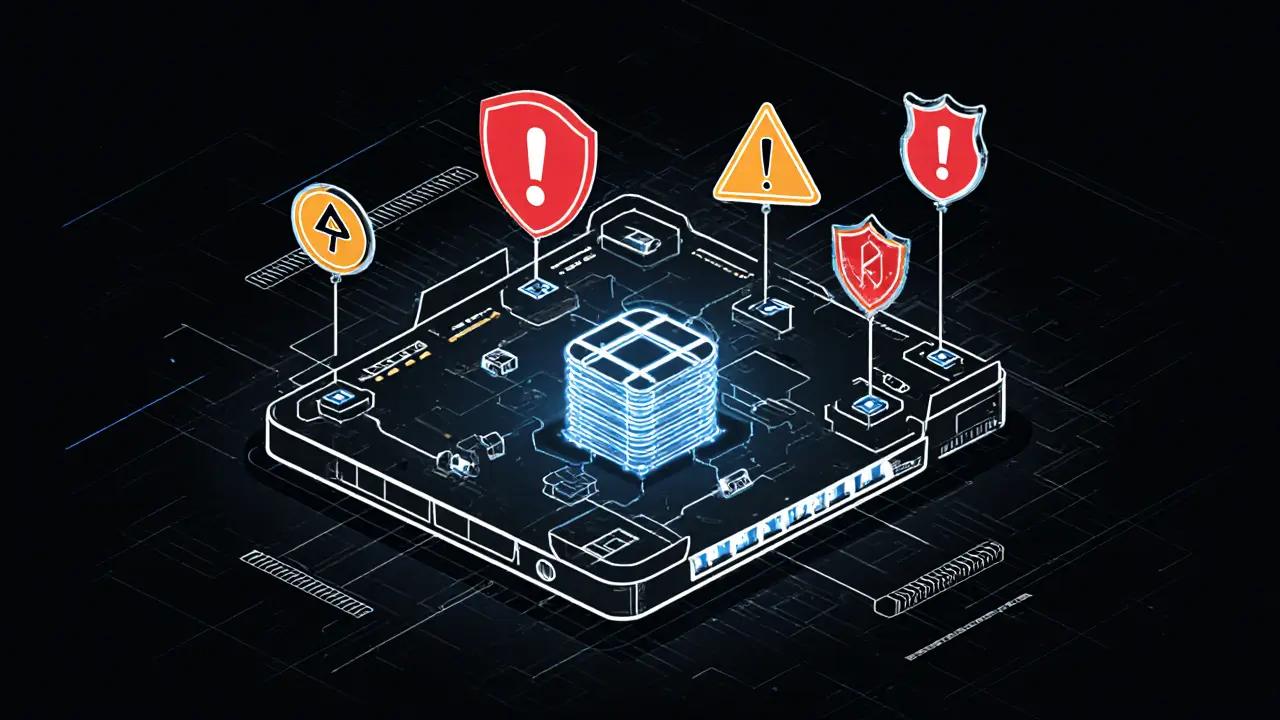PoW vs PoS: How Blockchain Consensus Works and Why It Matters
When you trade crypto, you're not just buying a token—you're trusting a system that keeps everything secure without banks. That system runs on proof of work, a consensus method where miners solve complex puzzles to validate transactions and earn rewards. Also known as mining-based consensus, it's the original engine behind Bitcoin and kept the network running for over a decade. But now, proof of stake, a different approach where validators are chosen based on how much crypto they lock up. Also known as staking-based consensus, it's what Ethereum switched to in 2022 to cut energy use by over 99%. These two methods aren’t just technical details—they shape how safe, fast, and affordable your trades are.
Proof of work demands powerful computers racing to solve math problems. That’s why Bitcoin mining uses more electricity than entire countries. It’s secure because attacking it would cost billions in hardware and power. But it’s also slow and expensive. Proof of stake doesn’t need those machines. Instead, it picks validators based on how much crypto they’re willing to risk. If they cheat, they lose their stake. It’s faster, cheaper, and greener. But it raises new questions: Can a few big holders control the network? Does staking make crypto more centralized? These aren’t theoretical debates. They’re the reason some tokens rise and others die—like the fake airdrops you see in the posts below, where projects pretend to be secure while their underlying tech is broken or abandoned.
When you look at projects like Chainbase (C), ZKSwap, or even dead tokens like GDOGE and SFEX, their consensus model often tells you more than their marketing. A token built on PoS might be easier to list on exchanges, but if no one’s staking it, the network is hollow. A PoW coin might look old-school, but if miners still run it, the chain stays alive. Understanding this difference helps you spot real projects from scams. You’ll see it in the posts here: the ones that last have strong consensus mechanics. The ones that vanish? They skipped the fundamentals. Below, you’ll find real-world examples of both—what works, what fails, and why your next trade should start with the blockchain underneath, not the hype on top.
How to Prevent 51% Attacks on Blockchains: Real-World Strategies for Network Security
Learn how 51% attacks work, why they target small blockchains, and what makes Bitcoin and Ethereum resistant. Discover real prevention strategies for users and developers.
VIEW MORE
